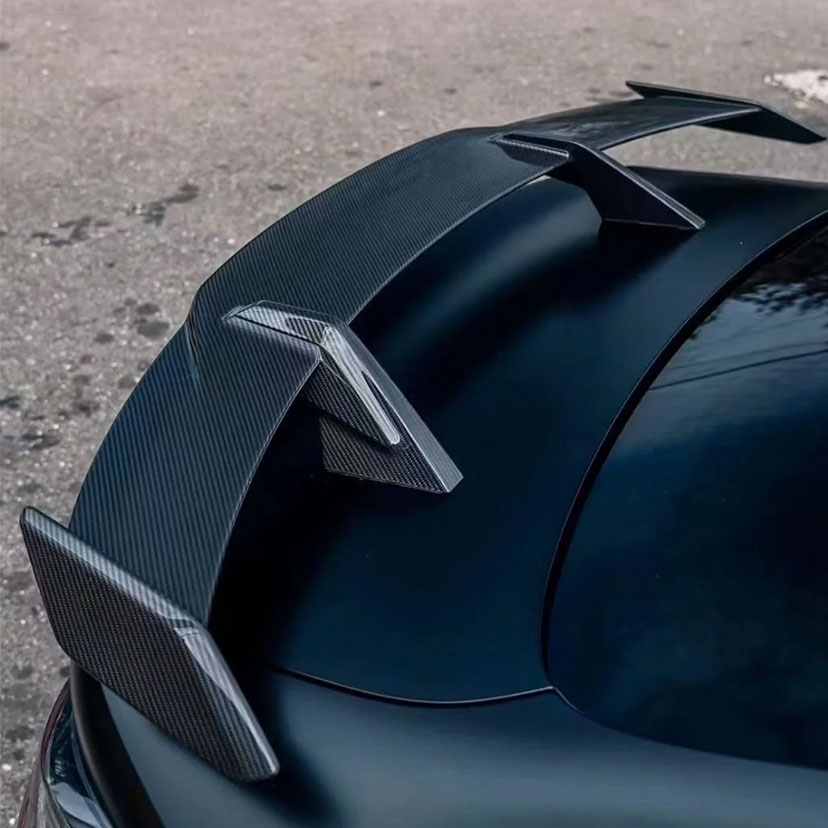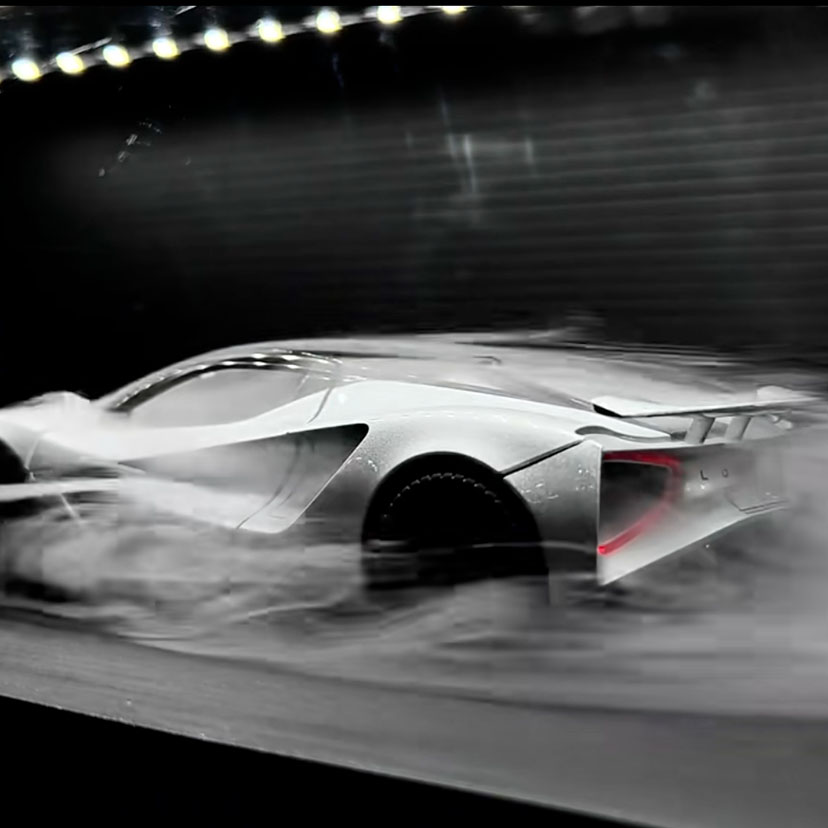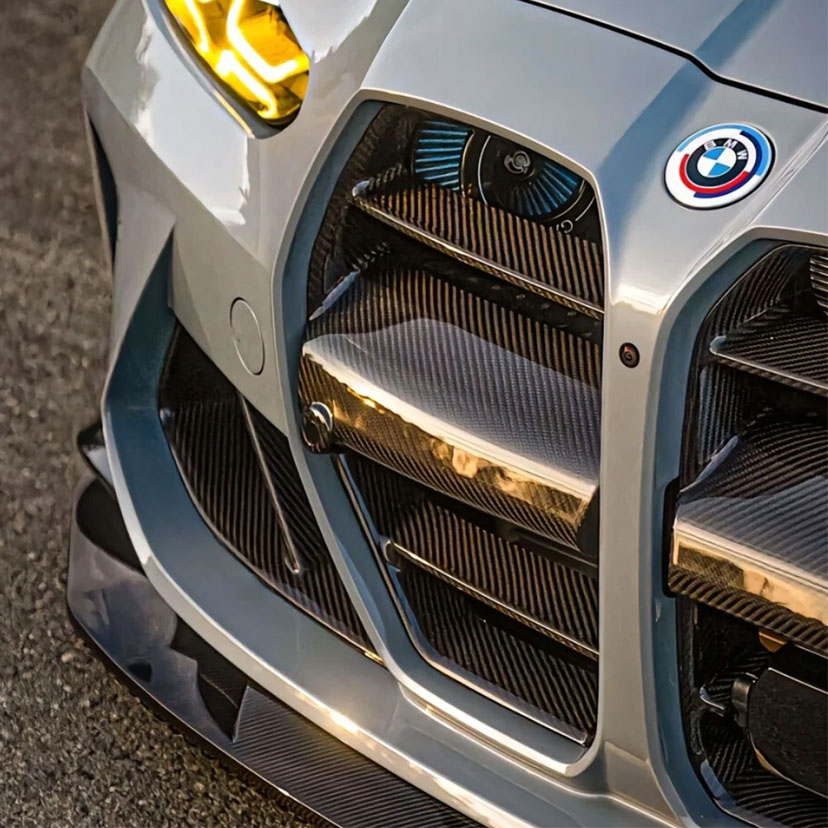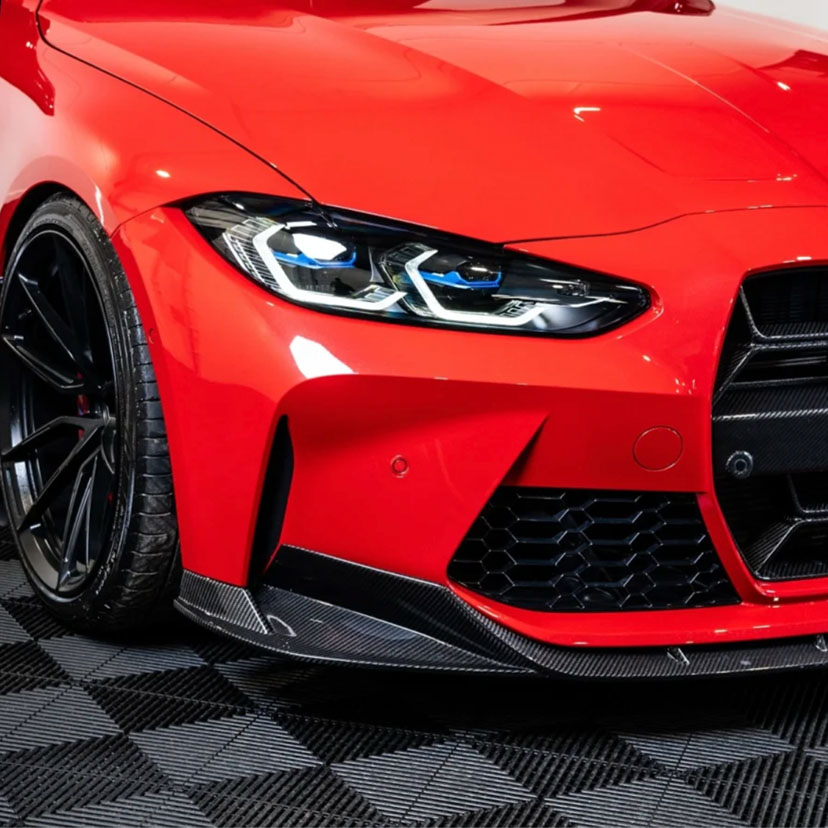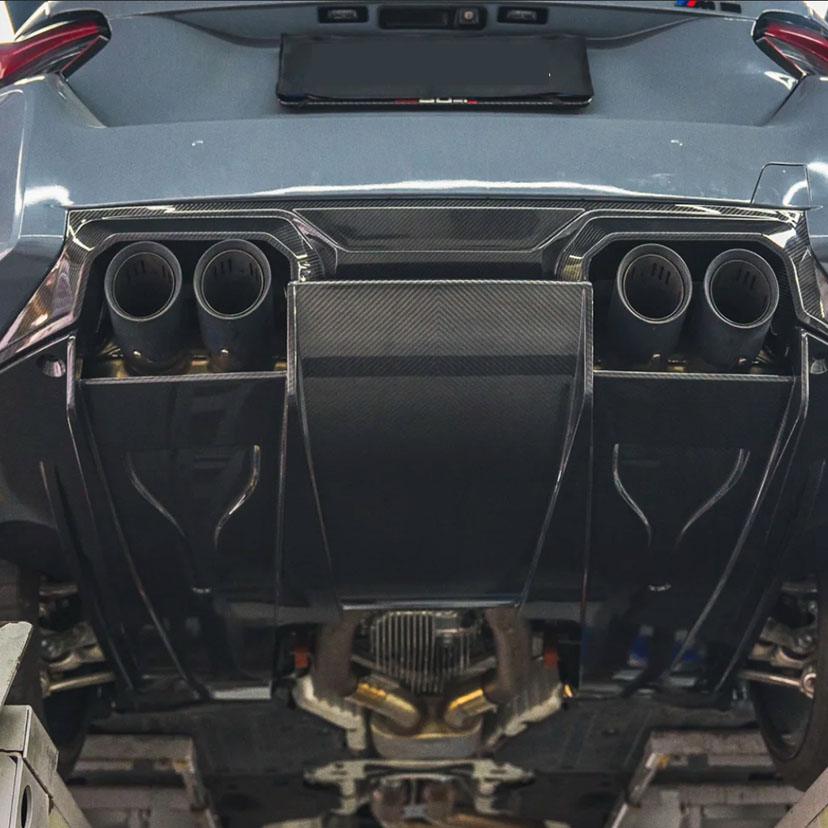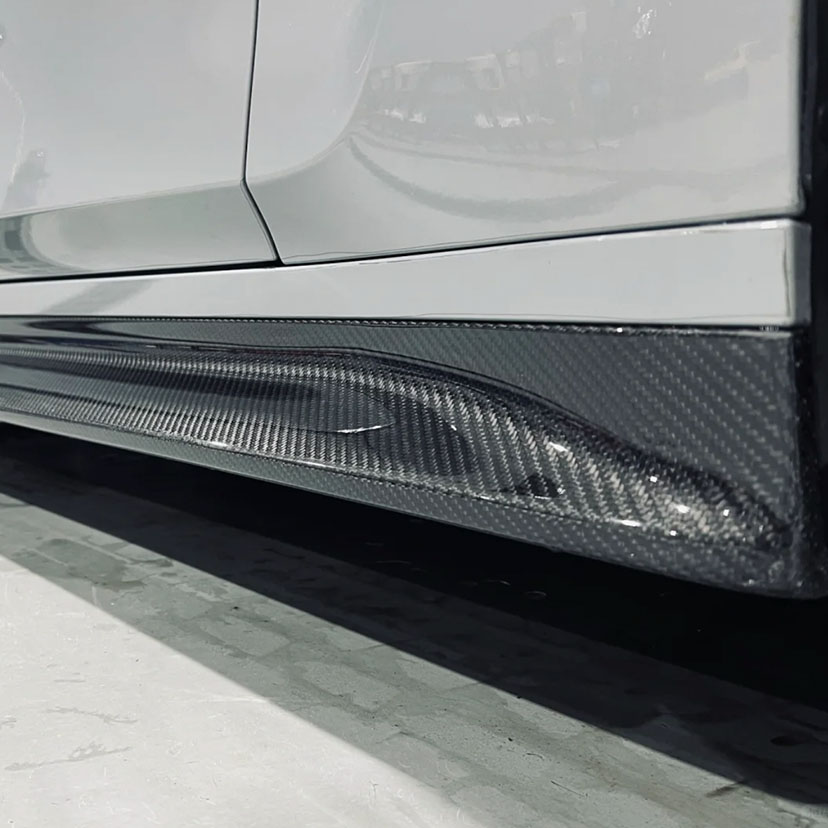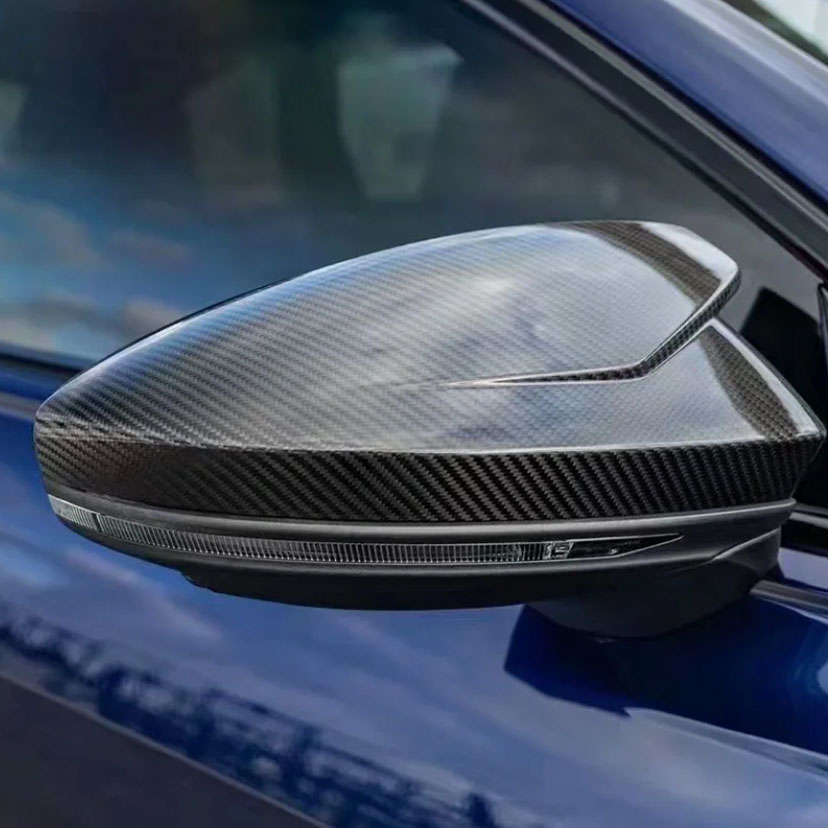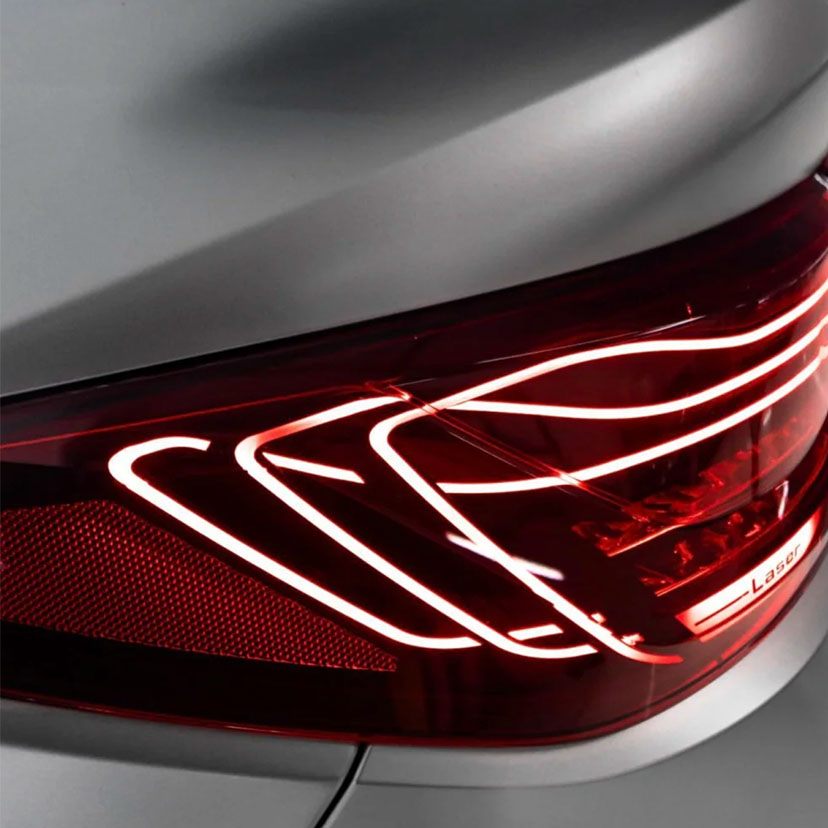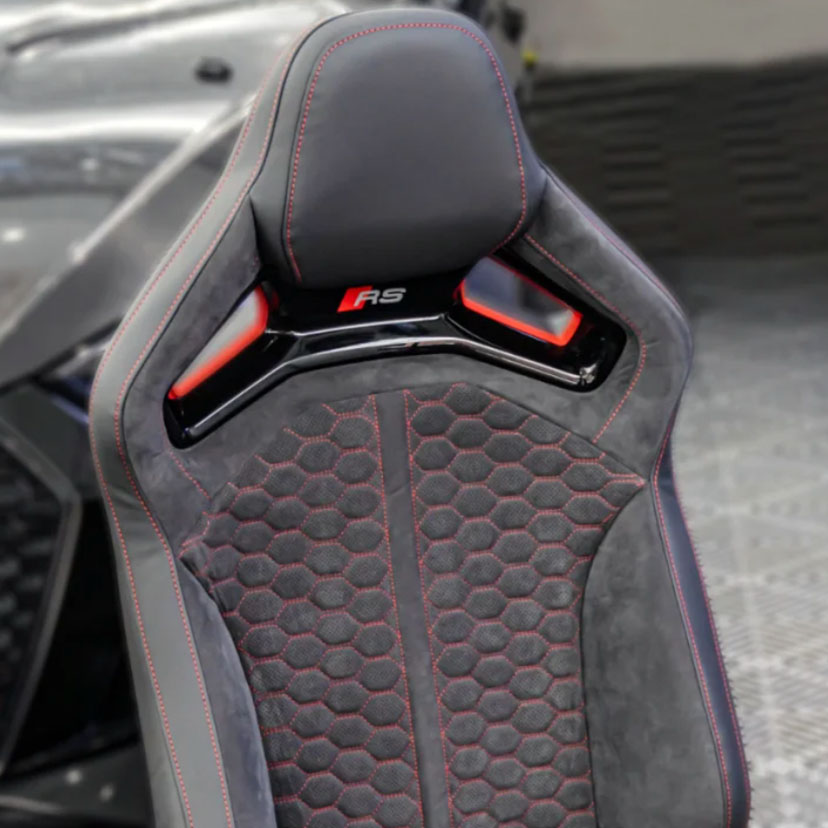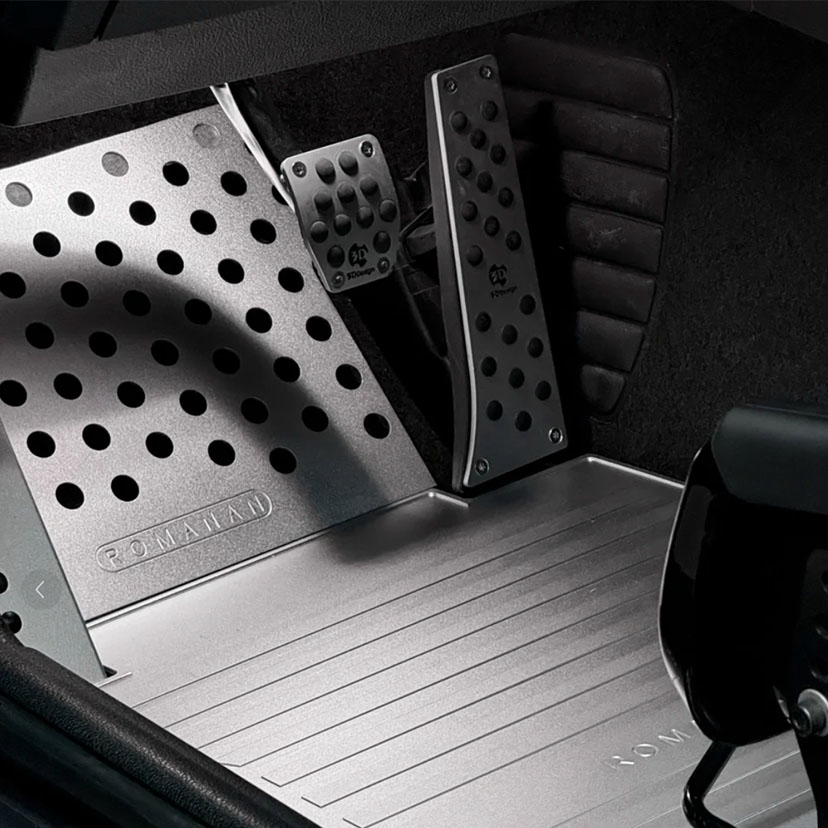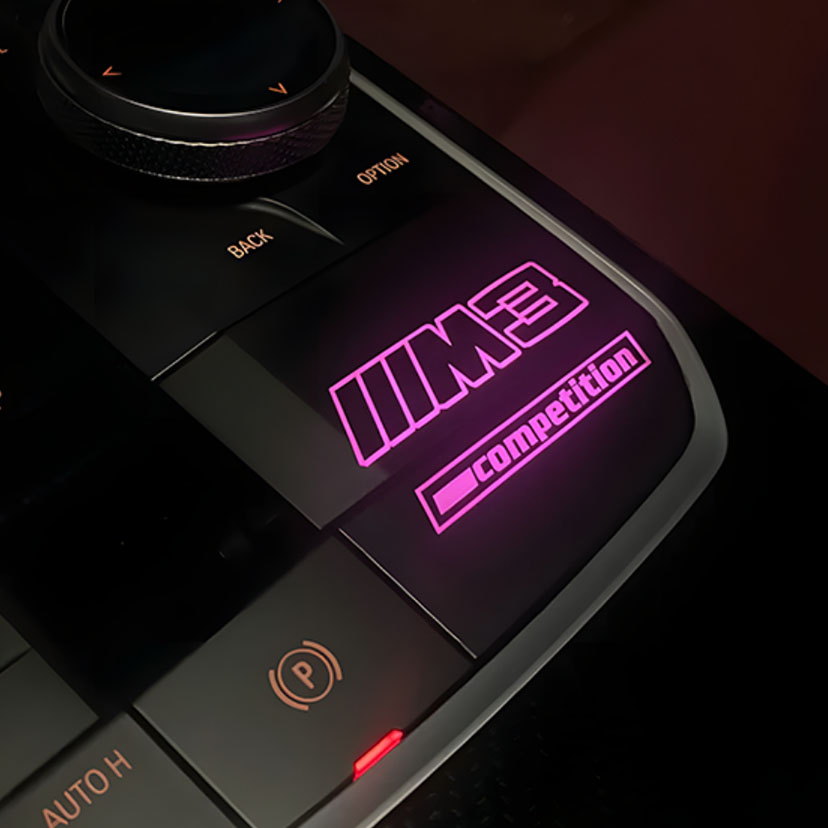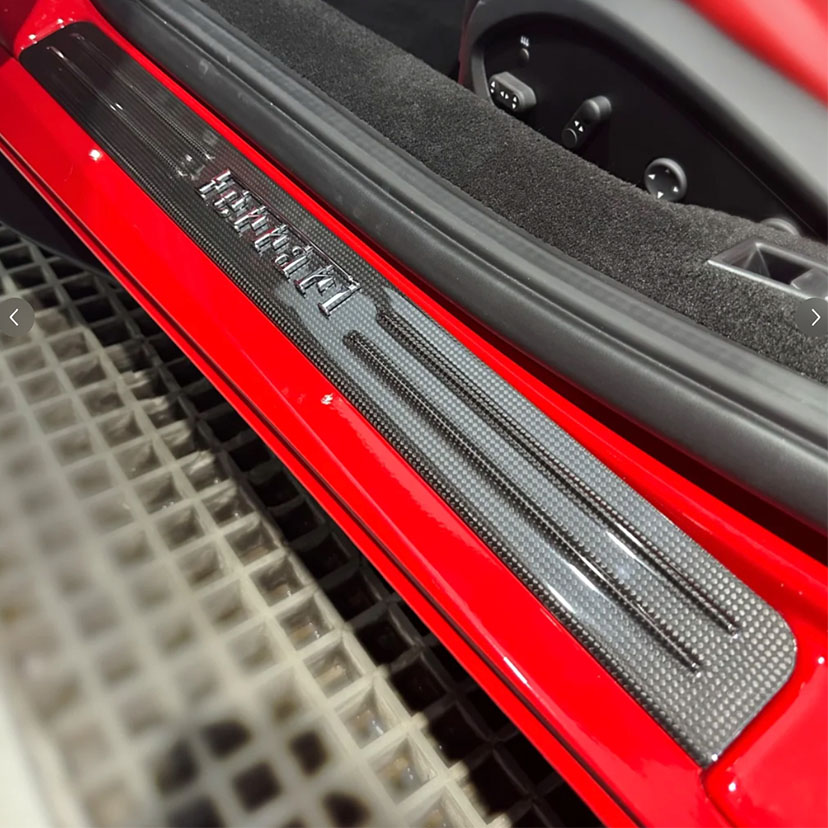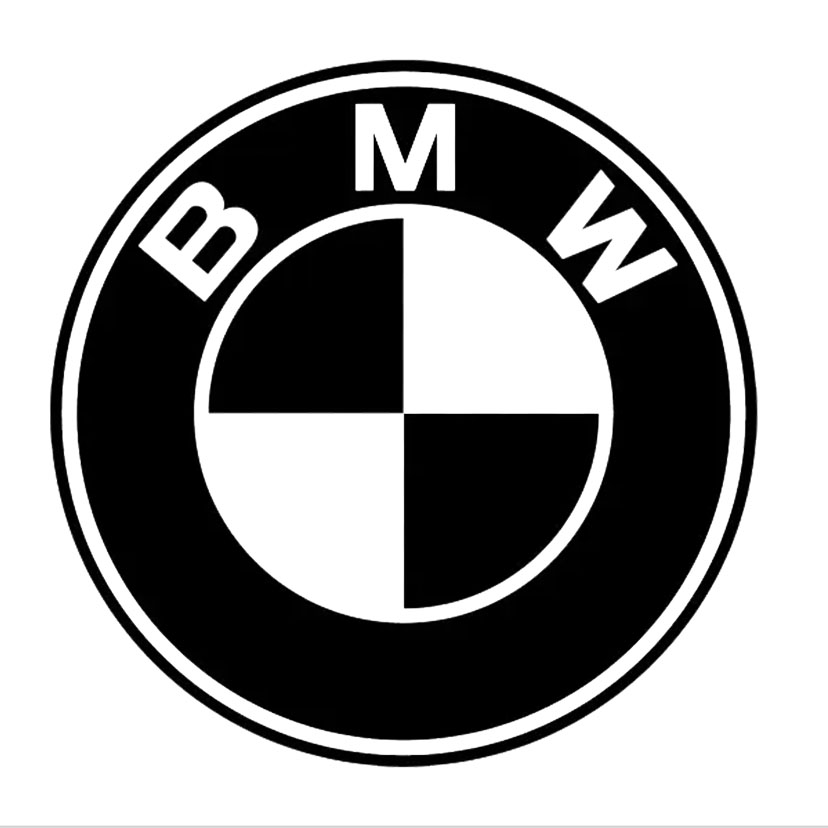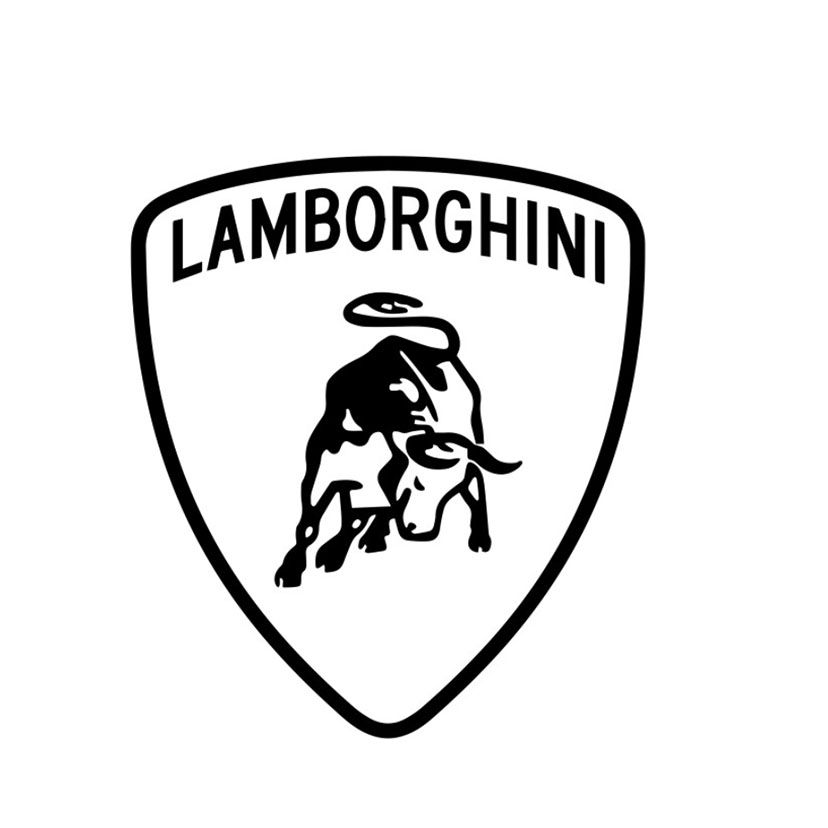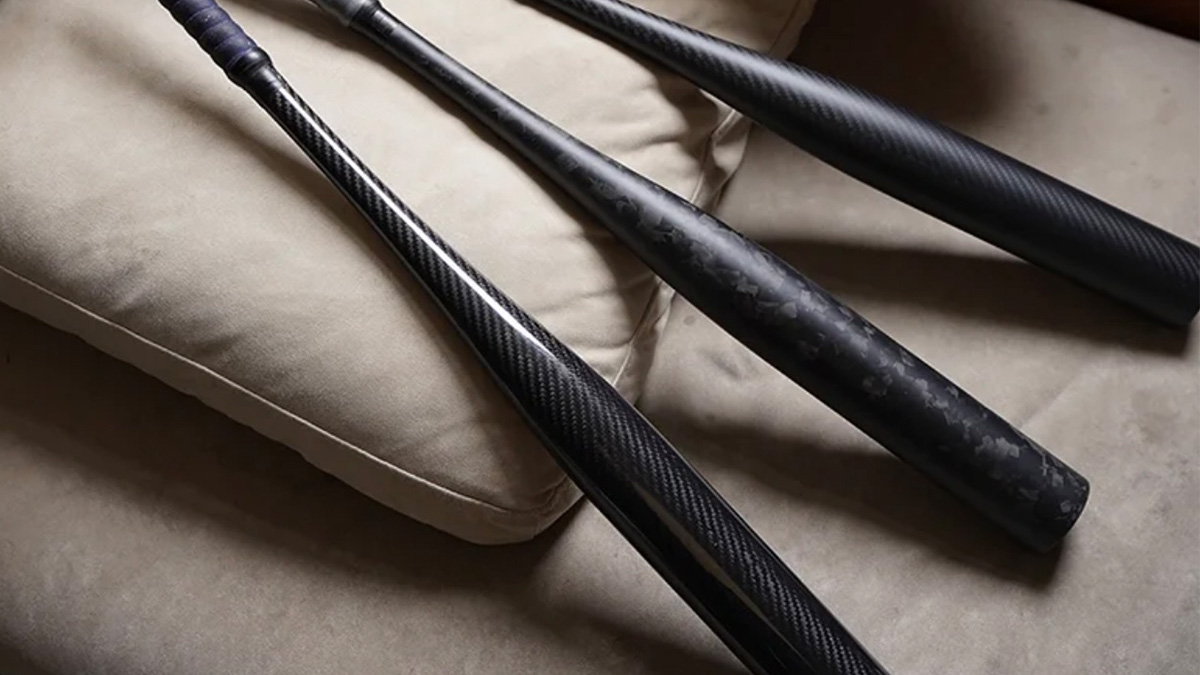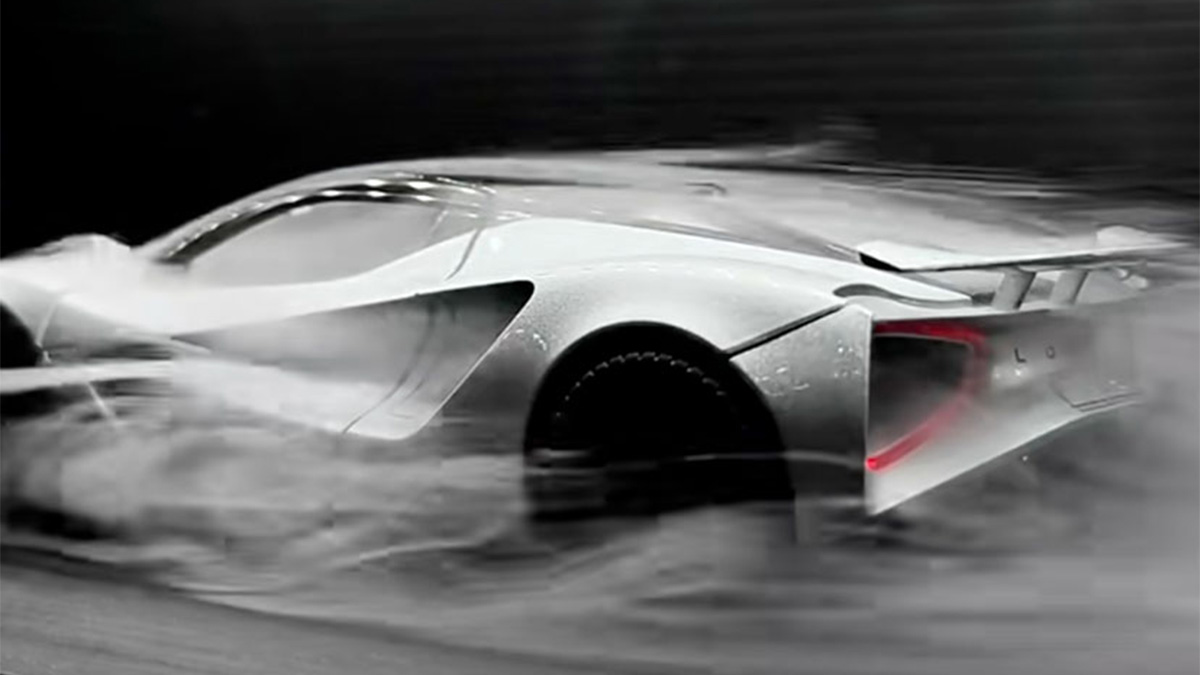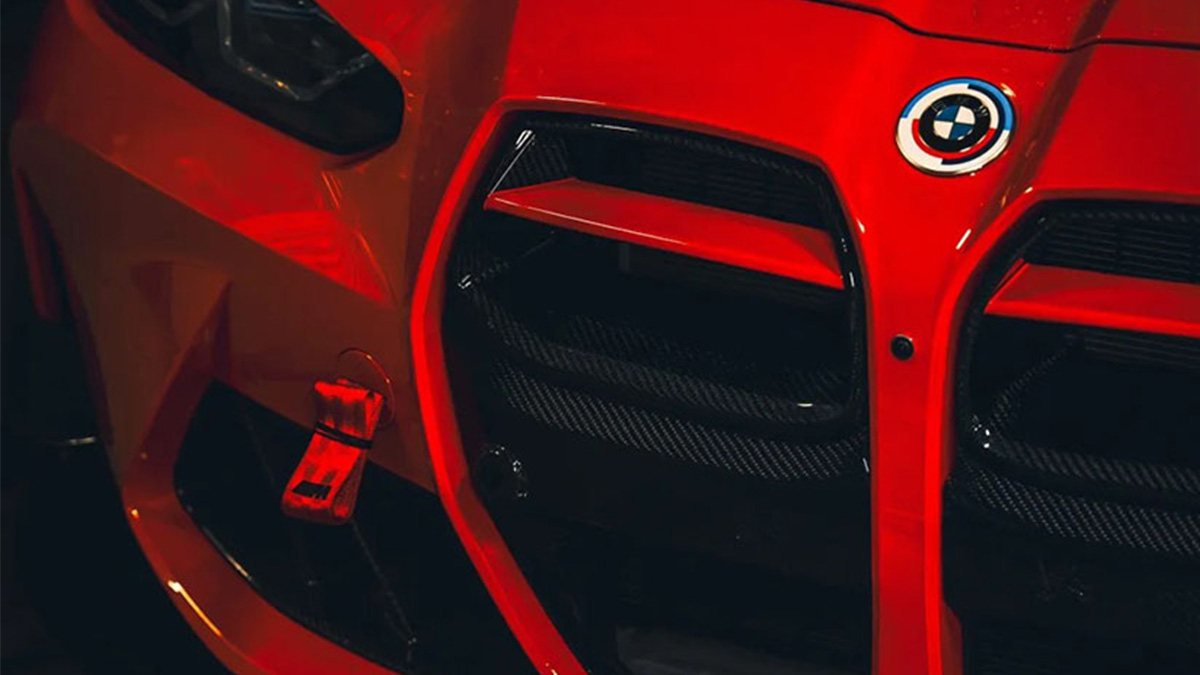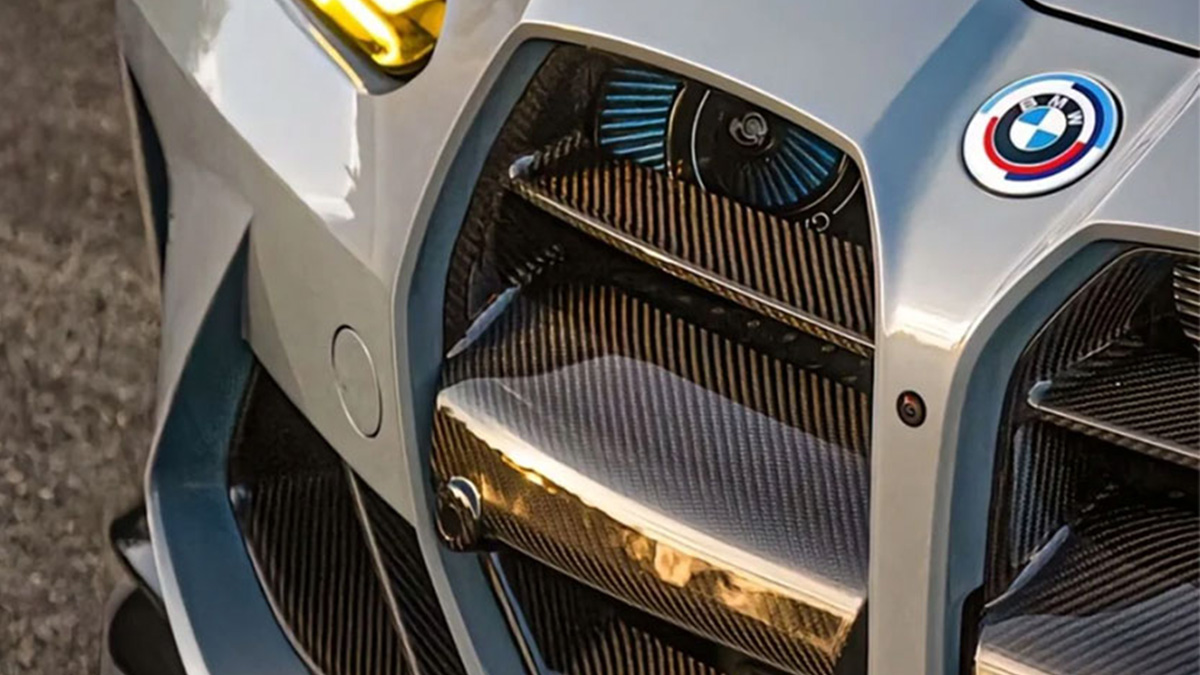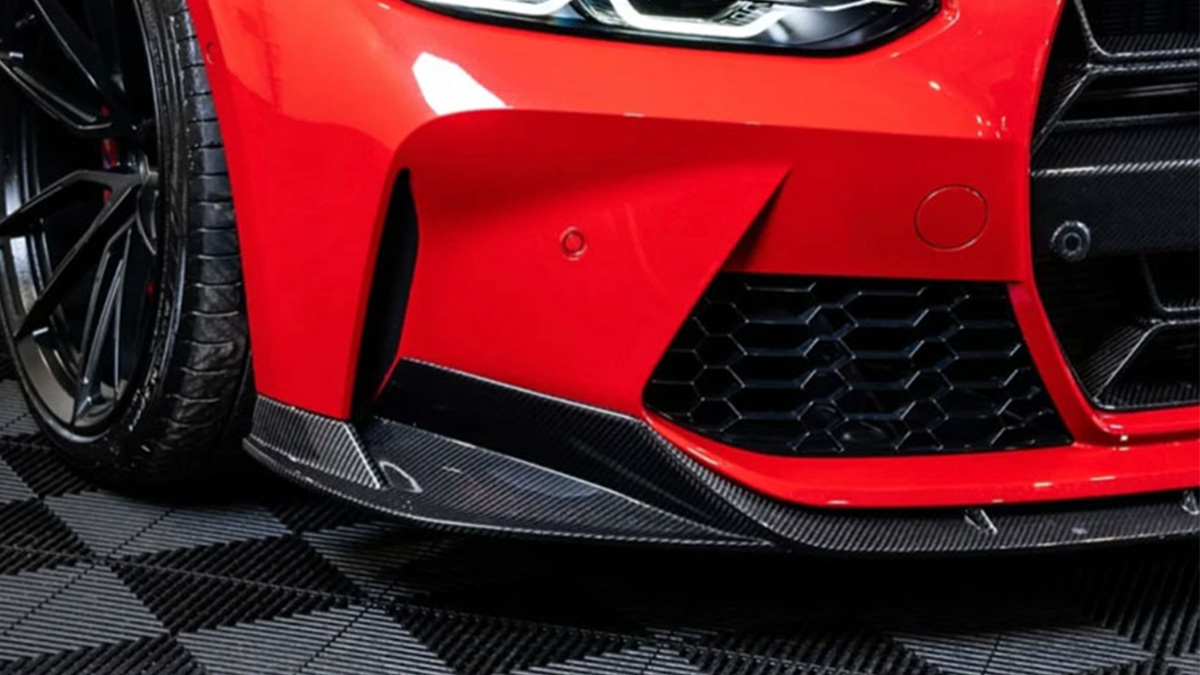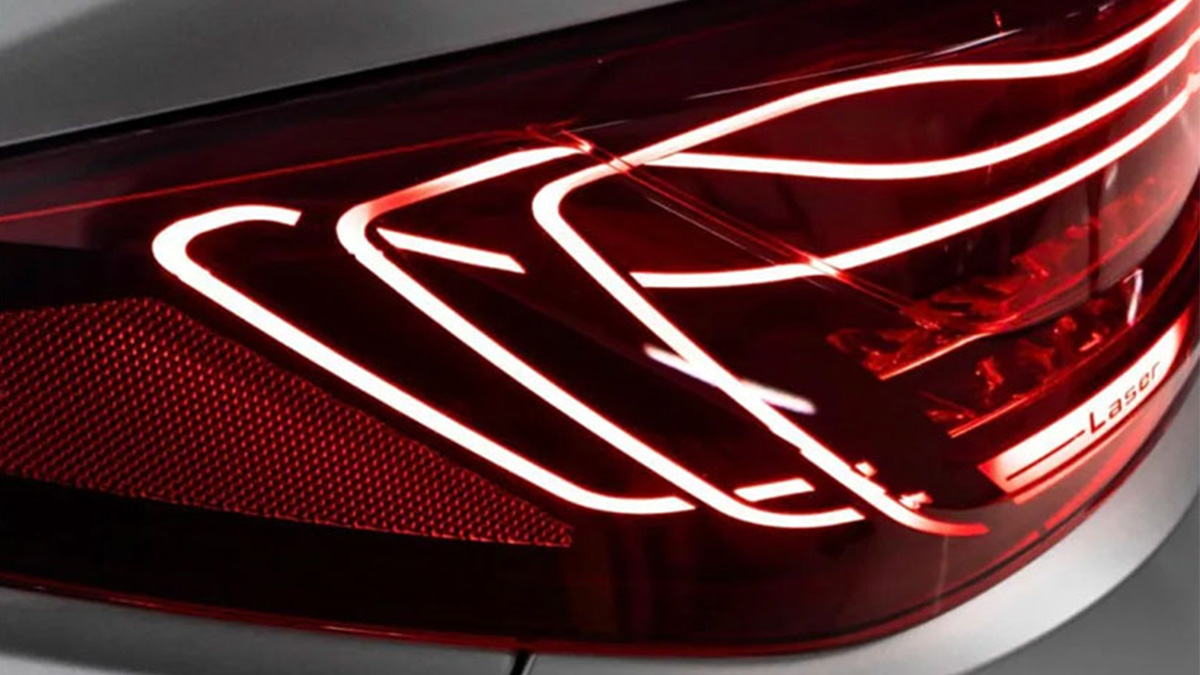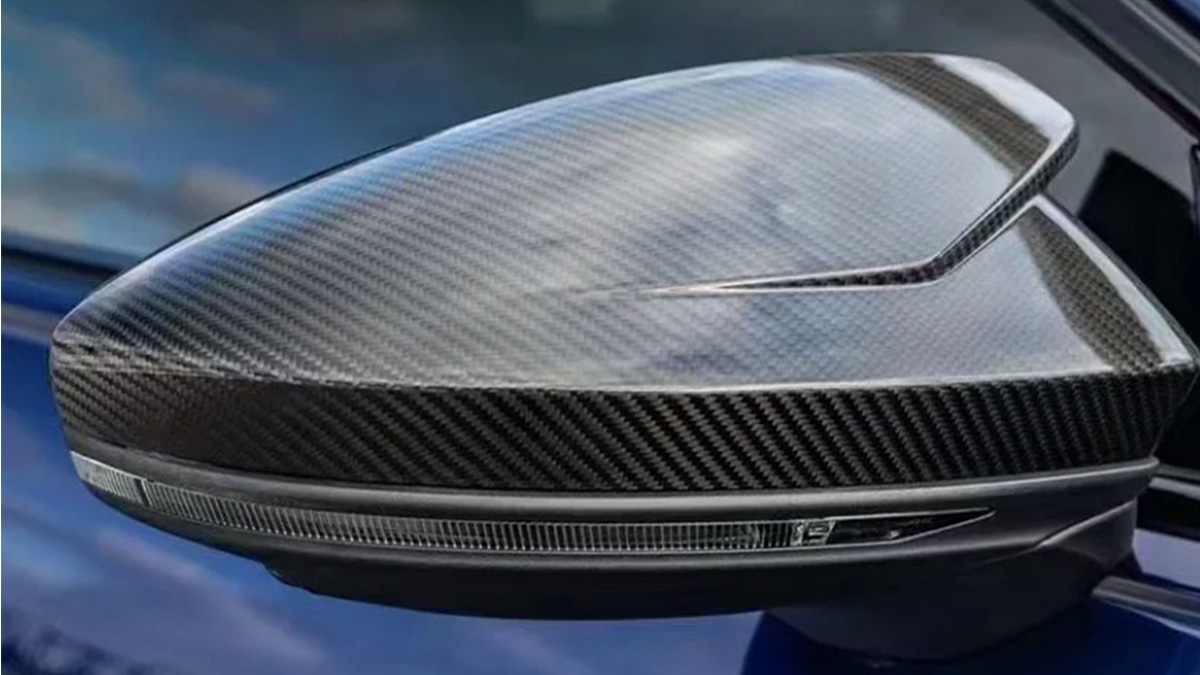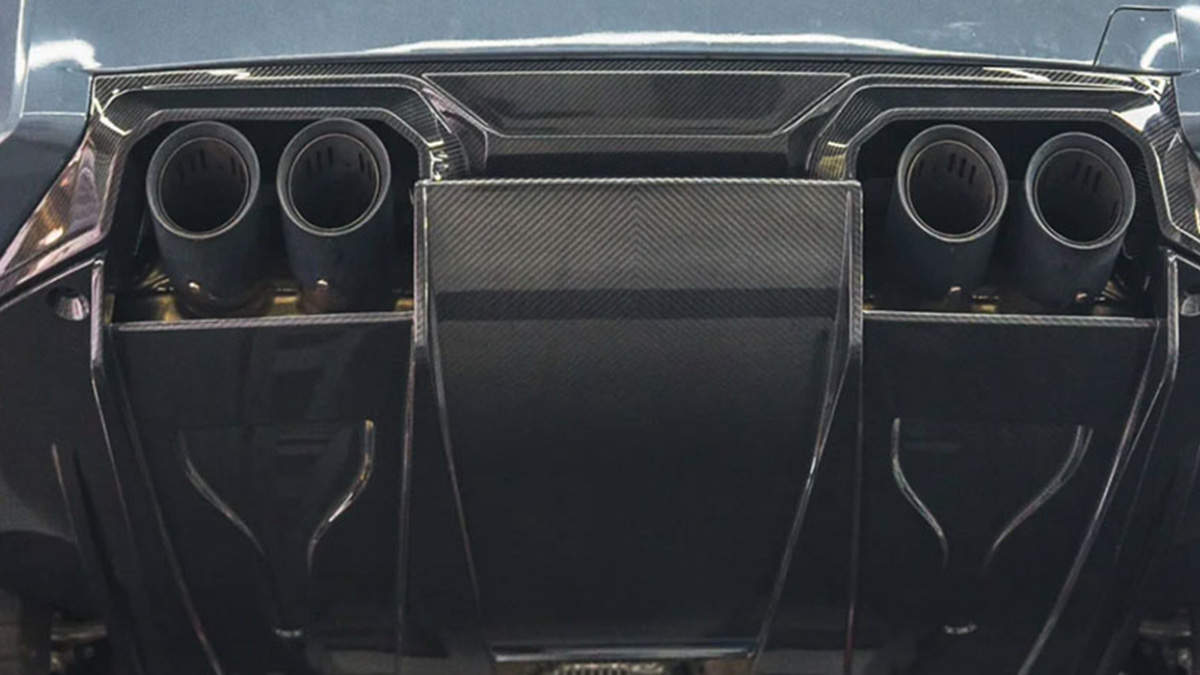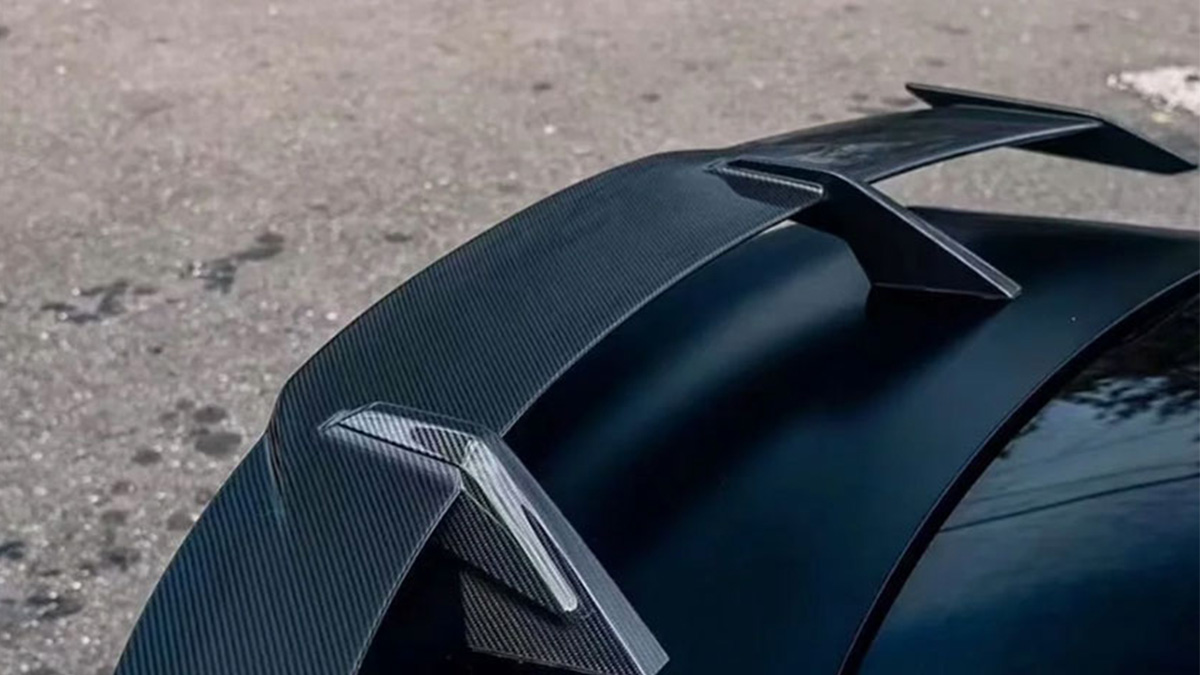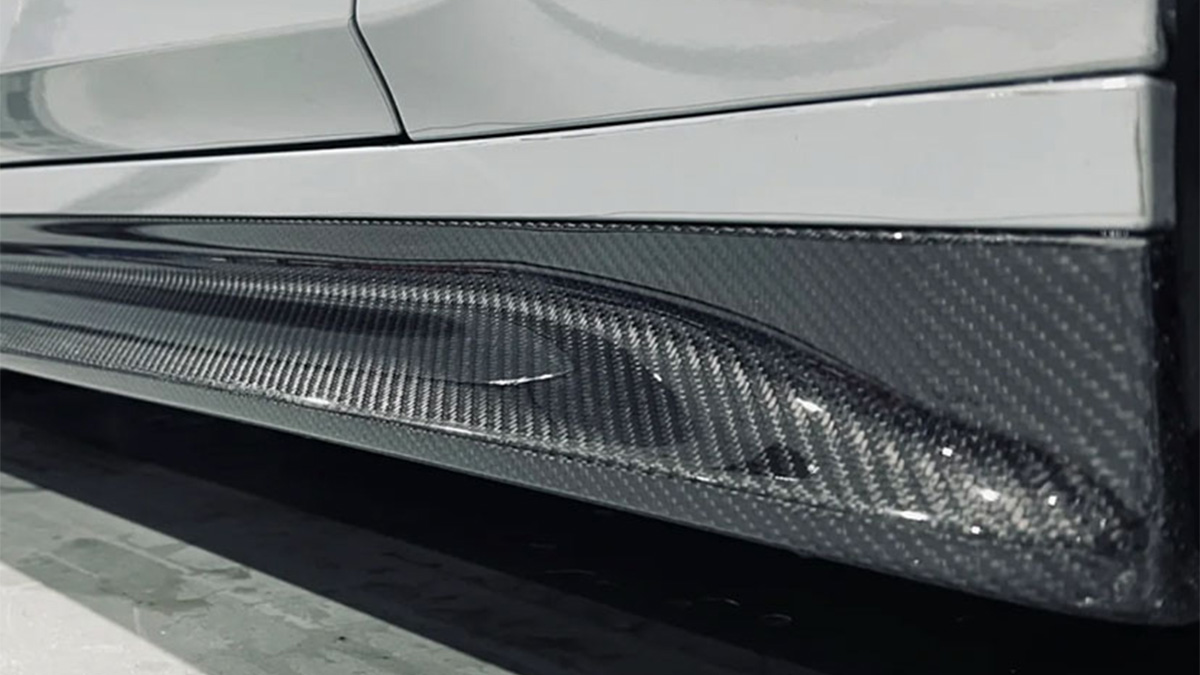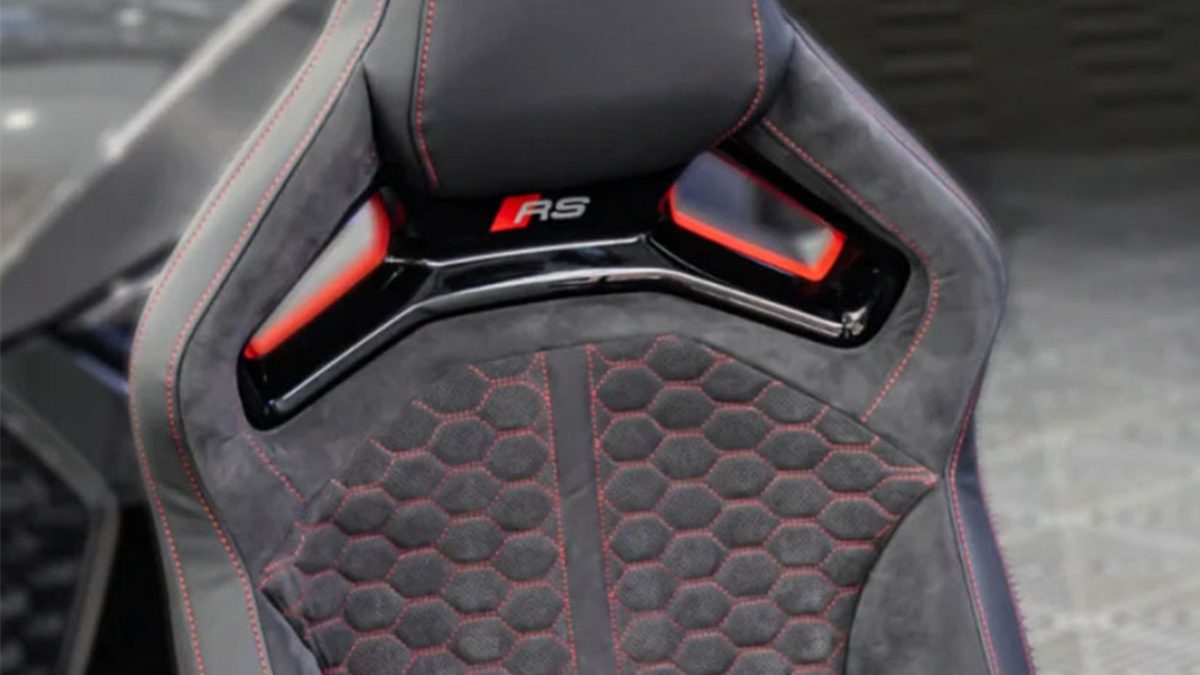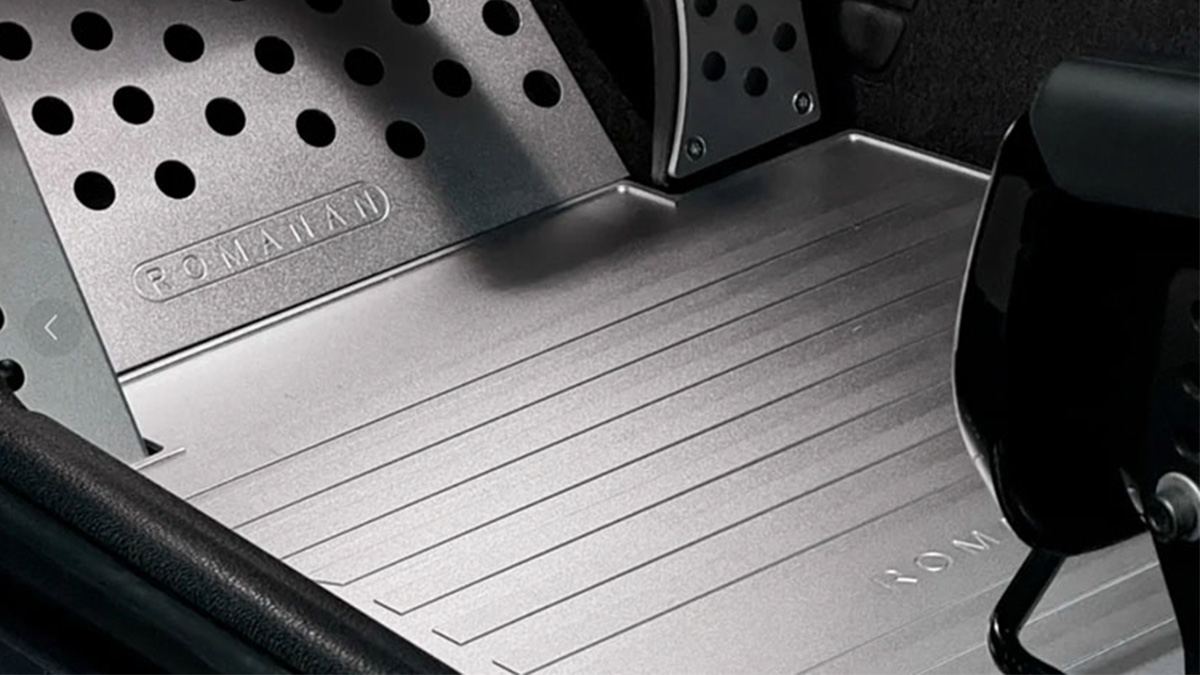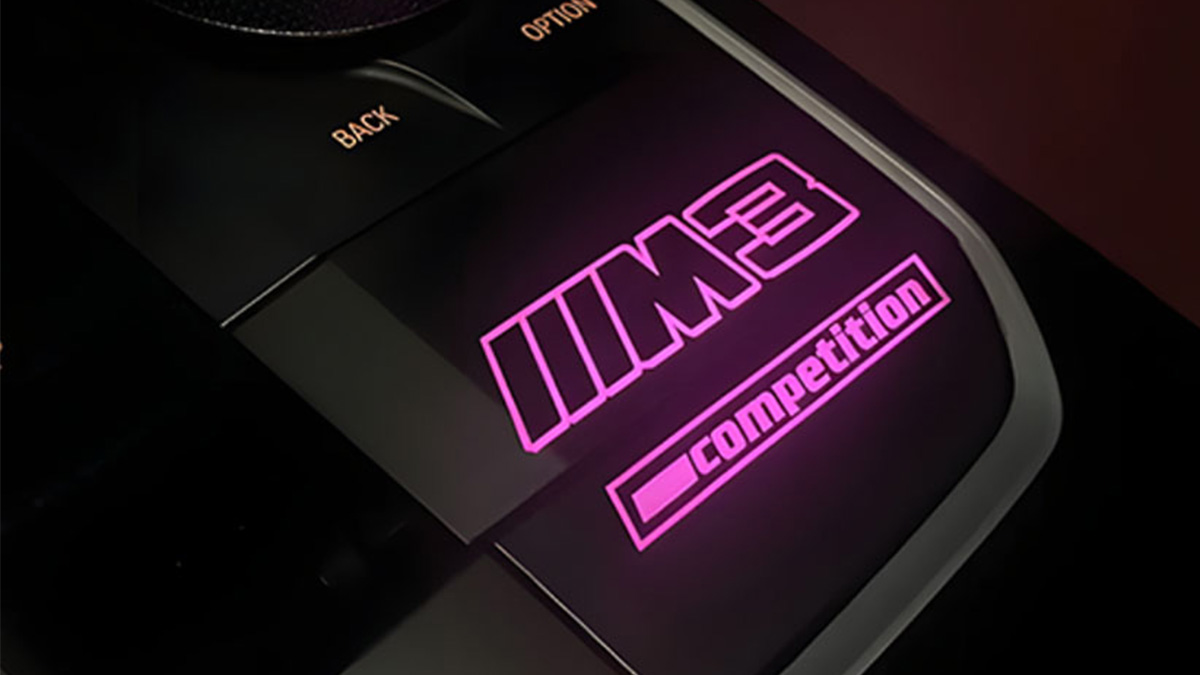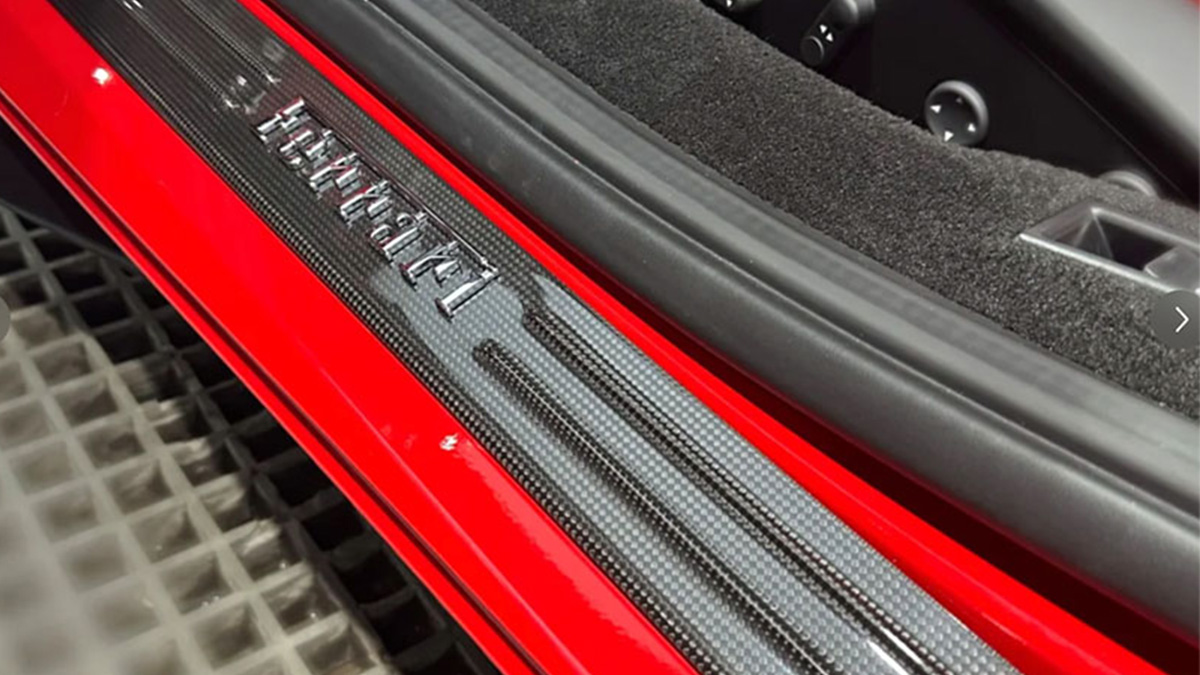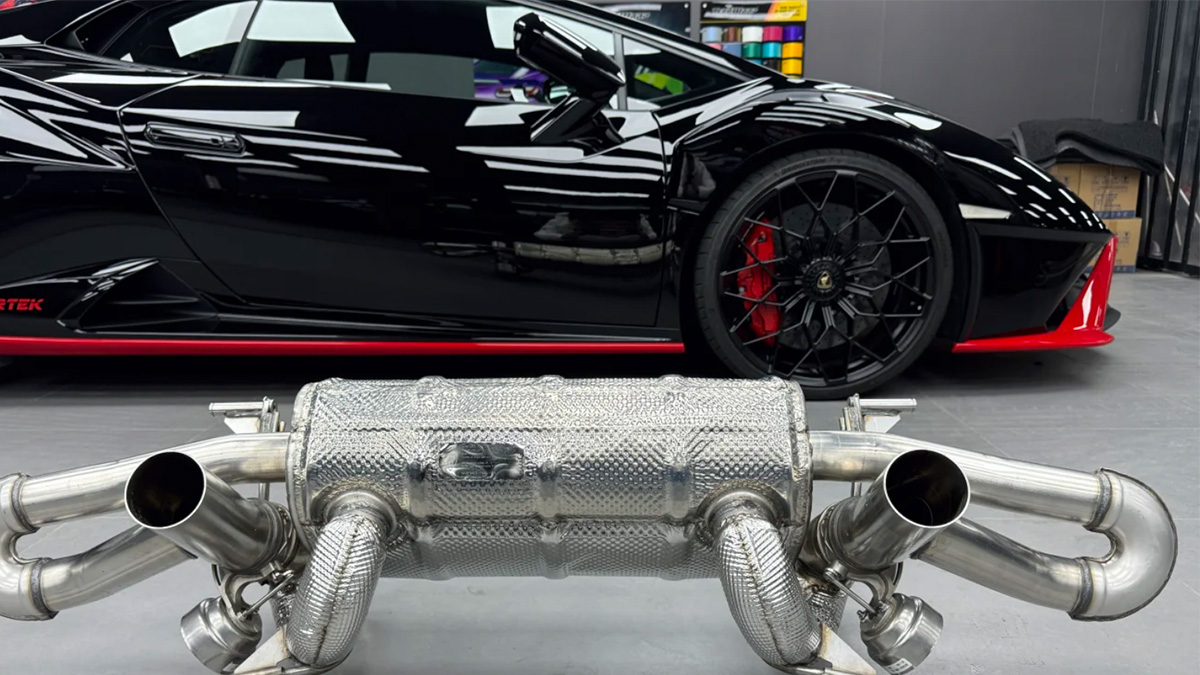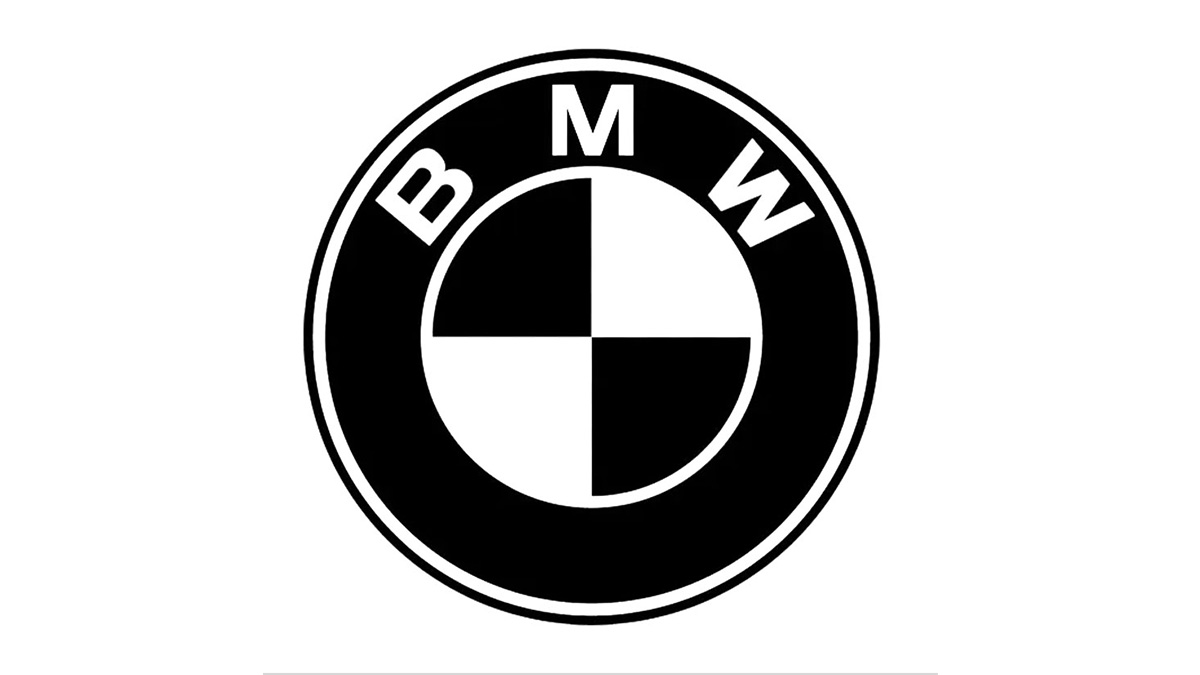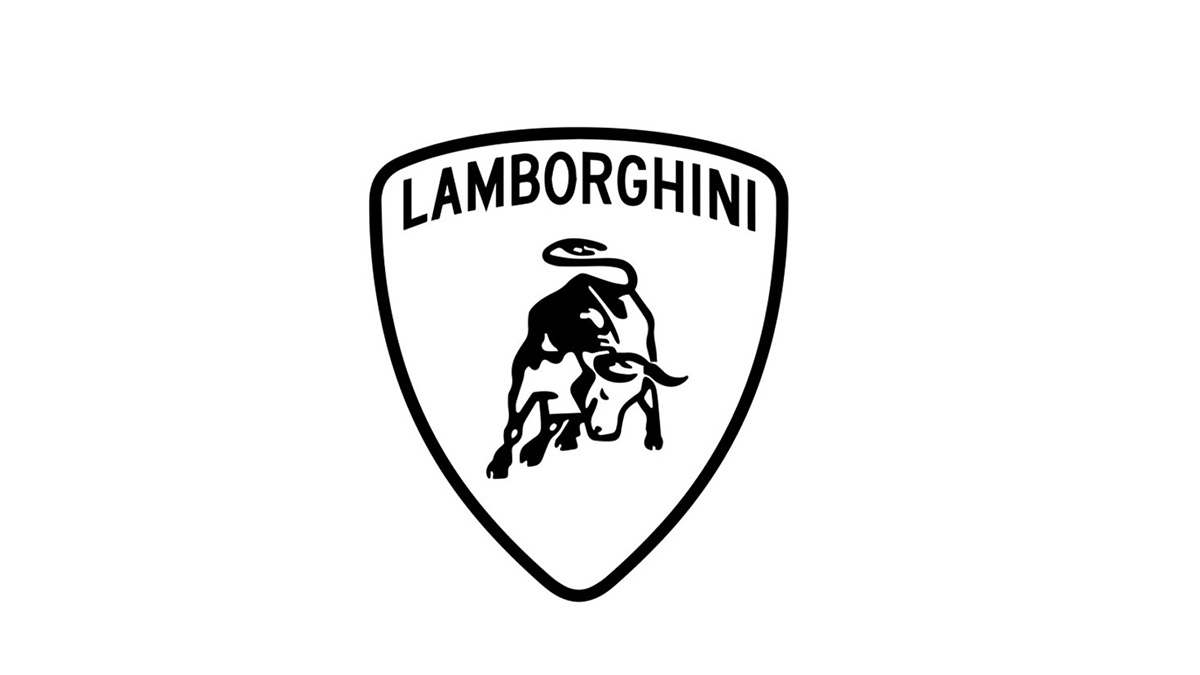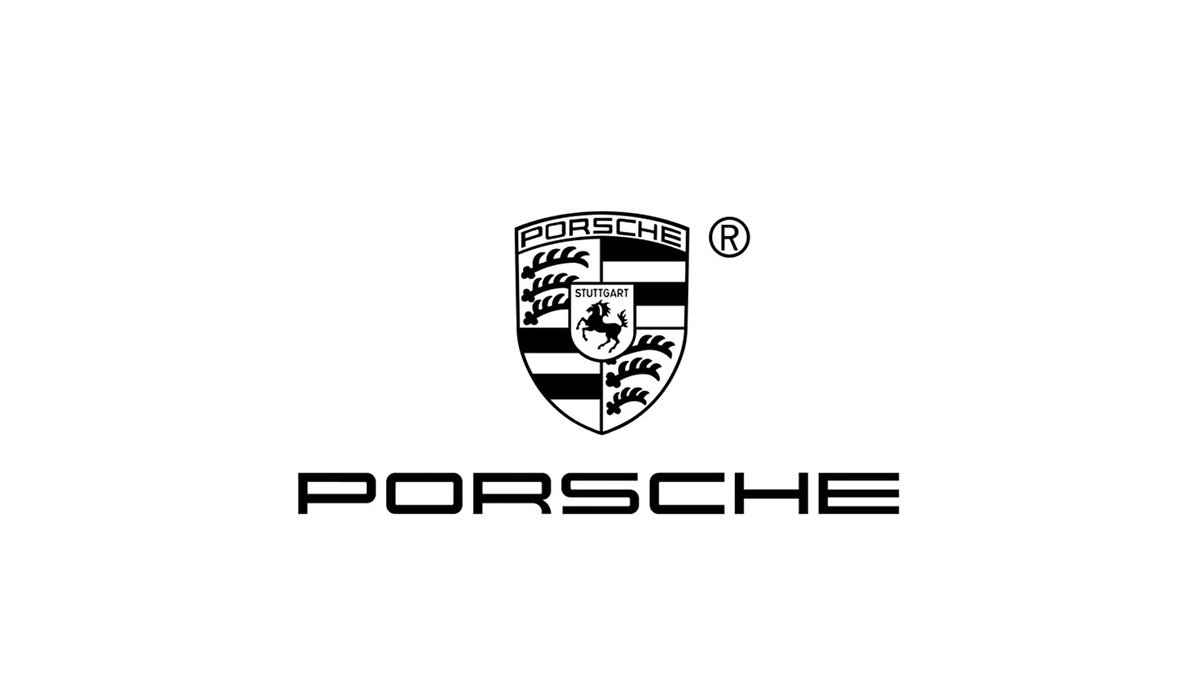Historia y repercusión de la furgoneta Sprinter de Mercedes-Benz

The Mercedes-Benz Sprinter Van revolutionized the commercial vehicle market by combining innovation with practicality. Introduced in 1995, it became the first van to feature a distinct name rather than a numerical code. Its independent front-wheel suspension and rear-wheel drive enhanced driving comfort and performance. Businesses valued its versatility, with payload capacities ranging from 3,252 to 7,506 pounds and towing capabilities up to 7,500 pounds. The Sprinter’s customizable options and advanced safety features, such as ABS and disc brakes, set new standards in the industry, making it a global leader in the large van segment.
Principales conclusiones
The Mercedes-Benz Sprinter Van changed the commercial vehicle market. Its smart design and safety features make it popular with businesses.
Each new Sprinter model brings big improvements. These include better shape for less wind resistance, safer technology, and options to fit different business needs.
The Sprinter can be used in many ways. It works for delivery, camper vans, or as a mobile office.
Mercedes-Benz cares about the environment. By 2030, over half of Sprinter vans will be electric. This helps it stay useful in a world that values being eco-friendly.
The Sprinter is known for making customers happy. Many people buy it again because it is reliable and trusted in the market.
The Evolution of Mercedes-Benz Vans
Early Innovations in Commercial Vehicles
Mercedes-Benz has a long history of innovation in the commercial vehicle market. The journey began in 1896 when Carl Benz introduced the first motorized van. This invention laid the foundation for the development of modern commercial vehicles. Over the decades, Mercedes-Benz vans evolved to meet the growing demands of businesses. Each new model introduced advanced features, improving performance, efficiency, and versatility. These early innovations set the stage for the creation of the iconic Mercedes-Benz Sprinter Van.
The L 319 and T1/TN: Precursors to the Sprinter
The L 319, launched in 1955, marked a significant milestone in Mercedes van history. It was the first van to carry the Mercedes-Benz badge and offered a robust design tailored for commercial use. The L 319 became popular for its reliability and adaptability, serving industries ranging from logistics to construction.
In 1977, Mercedes-Benz introduced the T1/TN series, which further advanced the concept of commercial vehicles. These vans featured improved engine technology, offering more power and better fuel efficiency. Aerodynamic enhancements reduced fuel consumption by nearly 23% at a constant speed of 100 km/h. The T1/TN series also provided unmatched versatility, with 252 variants designed to accommodate different business needs. These innovations directly influenced the design and functionality of the Mercedes-Benz Sprinter Van.
The Launch of the Sprinter Van in 1995
The launch of the Sprinter in 1995 marked a turning point in the history of Mercedes-Benz vans. Designed to replace older models, the Sprinter introduced a self-supporting body and high-traction rear-wheel drive. These features revolutionized the commercial vehicle market. The Sprinter offered multiple models with advanced engine options, spacious interiors, and enhanced driving comfort. It quickly gained popularity in Europe for its versatility and adaptability across industries. In 2001, the Sprinter entered the U.S. market, where it became a competitive choice for businesses seeking reliable commercial vehicles. The Sprinter’s success cemented its place as a leader in the industry, setting new standards for innovation and performance.
Generations of the Mercedes-Benz Sprinter Van

First Generation (1995-2006)
The first generation of the Mercedes-Benz Sprinter Van debuted in 1995, marking a significant leap in light commercial vehicle design. It was the first Mercedes-Benz model to carry a name instead of an alphanumeric code, setting it apart from its predecessors. The van featured a self-supporting body and high-traction rear-wheel drive, which improved handling and stability. Its aerodynamic design reduced drag, enhancing fuel efficiency compared to the T1 series.
Key safety features included four-wheel disc brakes, ABS, and height-adjustable seat belts, making it one of the safest vans of its time. The Sprinter also offered multiple models with both diesel and gas engines, catering to diverse business needs. Its spacious interior and comfortable driving experience made it a favorite among commercial users. By the end of its production in 2006, the first generation had established the Sprinter as a versatile and reliable choice in the market.
Second Generation (2006-2018)
The second generation of Sprinters launched in 2006, introducing significant advancements in design, safety, and performance. This generation offered more options for wheelbases, lengths, and roof heights, allowing businesses to customize the van to their specific requirements. The modernized design featured improved aerodynamics and a more spacious cabin with updated seats and a redesigned dashboard.
Safety innovations became a hallmark of this generation. The Electronic Stability Program (ESP®) became standard for models up to 3.5 tons gross weight. Features like hill start assist, crosswind assist, and optional lane-keeping assist further enhanced driver safety. In 2009, Mercedes-Benz introduced BlueEFFICIENCY technology, which included a six-speed manual gearbox and an automatic start-stop system to improve fuel efficiency and reduce emissions.
The second generation also offered a range of engine options, including a popular 3.0-liter V6 diesel engine. With its versatility and advanced features, this generation solidified the Sprinter’s reputation as a leader in the commercial vehicle segment.
Third Generation (2018-Present)
The third generation of the Mercedes-Benz Sprinter Van, launched in 2018, represents the pinnacle of innovation and adaptability. This current generation builds on its predecessors with cutting-edge technology and a focus on connectivity. The introduction of the Mercedes-Benz User Experience (MBUX) system brought voice control and a touchscreen interface, enhancing driver convenience.
This generation offers electric variants, reflecting the growing demand for sustainable transportation. The eSprinter, an all-electric model, provides an eco-friendly option for businesses aiming to reduce their carbon footprint. Safety remains a priority, with features like active brake assist, attention assist, and a 360-degree camera system.
The third generation continues to offer multiple configurations, including cargo, passenger, and crew van models. Its adaptability across industries, combined with advanced technology, ensures the Sprinter remains a top choice for businesses worldwide. The third/current-gen Mercedes Sprinter exemplifies the evolution of light commercial vehicles, blending tradition with modern innovation.
Key Features and Advancements in the Sprinter Van

Design and Technology Innovations
The Mercedes-Benz Sprinter Van has consistently set benchmarks in design and technology. Each generation introduced groundbreaking advancements that enhanced its functionality and appeal. The following table highlights key innovations over the years:
Año | Innovation Description |
|---|---|
1995 | First Sprinter with a self-supporting body and rear-wheel drive, featuring ABS and disc brakes. |
2000 | Standard driver’s airbag and optional passenger airbag introduced. |
2002 | ESP® electronic stability program added for improved safety. |
2006 | Second generation launched with multiple wheelbases and lengths. |
2008 | Optional air suspension system for enhanced comfort and safety. |
2009 | BlueEFFICIENCY technology introduced to improve mileage and reduce emissions. |
2018 | Third generation debuted with MBUX multimedia system and DISTRONIC Active Distance Assist. |
These innovations reflect the brand’s commitment to blending cutting-edge technology with practical design. The sprinter design prioritizes both driver comfort and operational efficiency, making it a leader in the commercial vehicle market.
Safety and Performance Enhancements
The Mercedes-Benz Sprinter excels in safety and performance, offering features that outshine competitors. Key safety advancements include:
Lane-keeping assistance with departure warnings.
Automated emergency braking.
Blind-spot monitoring.
Crosswind stabilization.
Collision prevention systems.
The sprinter also introduced a new all-wheel-drive system, advanced engine packages, and camera-based safety options. These features ensure superior handling, stability, and towing capabilities, even in challenging conditions. The excellent steering and adaptive cruise control further enhance driver confidence, making the sprinter van a reliable choice for businesses.
Sustainability and Electric Variants
Mercedes-Benz has embraced sustainability with its electric variants and eco-friendly initiatives. The eSprinter, an all-electric model, offers businesses a greener alternative. Starting in 2026, all midsize and large vans will transition to electric-only models based on the VAN.EA architecture. The following table outlines key sustainability efforts:
Initiative | Descripción |
|---|---|
VAN.EA Architecture | Modular electric van platform aiming for over 50% BEV share by 2030. |
Carbon Neutral Production | Production sites will use 100% renewable energy. |
Electric Camper Vans | Expansion of fully electric camper vans. |
Mercedes-Benz Vans has already sold over 40,000 electric vans, showcasing its strong market presence. These efforts align with the brand’s goal of reducing CO₂ emissions and simplifying production processes. The focus on sustainability ensures the Mercedes-Benz Sprinter Van remains relevant in an evolving automotive landscape.
The Impact of the Mercedes-Benz Sprinter Van
Versatility Across Industries
The Mercedes-Benz Sprinter Van has become a cornerstone in various industries due to its adaptability and customizable configurations. Businesses can choose from multiple sprinter van models, including cab chassis vans, cargo vans, crew vans, and passenger vans. This versatility allows companies to tailor the vehicle to their specific needs, whether for transporting goods, accommodating passengers, or serving as a mobile workspace.
The cargo van configuration, for instance, is ideal for logistics and delivery services, offering ample storage space and easy loading features. The sprinter passenger version caters to shuttle services and group transportation, providing comfort and safety for passengers. The crew van strikes a balance between cargo and passenger needs, making it suitable for construction teams or mobile workshops. This level of customization has made the Mercedes-Benz Sprinter a preferred choice across industries, from healthcare to tourism.
Influence on Camper Van Conversions
The Mercedes-Benz Sprinter Van has significantly influenced the camper van conversion market. Its reputation for quality and reliability has made it a favorite among van enthusiasts. Many opt for a converted sprinter van due to its spacious interior and robust design, which provide an excellent foundation for customization.
The sprinter conversion van market has grown, partly due to effective marketing strategies by Mercedes-Benz. The brand’s focus on durability and innovation has created a perception that the Sprinter is the go-to option for camper conversions. While alternatives exist, the Sprinter’s popularity often overshadows competitors in this niche. Its ability to transform into a fully functional living space has made it a symbol of freedom and adventure for many.
Comparación con la competencia
The Mercedes-Benz Sprinter Van stands out in a competitive market due to its advanced features and performance. It offers a wider range of engine options compared to rivals like the Ford Transit and Ram ProMaster. These include a turbocharged 2.0-liter diesel engine with two variants and a gasoline option. The Sprinter also boasts a superior payload capacity of up to 5,500 pounds, making it more suitable for heavy-duty tasks.
In terms of safety, the Sprinter includes technologies like crosswind assist and adaptive cruise control, which are more advanced than those found in its competitors. The Mercedes-Benz User Experience (MBUX) system further enhances its appeal, providing a sophisticated infotainment experience that surpasses the basic systems in other vans. Additionally, features like 270-degree-opening rear doors improve usability, making the Sprinter a practical choice for businesses and individuals alike.
The Mercedes Sprinter Van continues to dominate the commercial vehicle market by offering unmatched versatility, innovation, and reliability.
The Future of the Sprinter Van
Advancements in Electric and Autonomous Technology
The Mercedes-Benz Sprinter Van is poised to lead the future of commercial vehicles with its focus on electric and autonomous technologies. The VAN.EA platform, a purpose-built electric vehicle architecture, will serve as the foundation for upcoming models. Mercedes-Benz aims to achieve over 50% battery electric vehicle (BEV) share by 2030, aligning with its sustainability goals. Production facilities will also transition to net carbon-neutral operations, utilizing 100% renewable energy.
Autonomous driving capabilities will further enhance the updated Sprinter. By the end of the decade, commercial models will feature SAE Level 4 autonomy, while private customers can expect SAE Level 3 capabilities. Enhanced driver assistance systems, such as a 360-degree camera view and expanded blind spot warnings, will improve safety and maneuverability. The integration of a new operating system with advanced voice control and updates to the MBUX system will elevate the driving experience.
Feature/Goal | Descripción |
|---|---|
VAN.EA Platform | A purpose-built electric vehicle architecture for the Sprinter. |
BEV Share Target | More than 50% battery electric vehicle share by 2030. |
Production Sustainability | Net carbon-neutral plants and 100% renewable energy for production. |
Sistemas avanzados de asistencia al conductor | Enhanced safety features and digital technology improvements, including updates to the MBUX system. |
Adapting to Market Trends
Mercedes-Benz continues to adapt to evolving market demands to maintain the competitiveness of the Mercedes Sprinter Van. The shift toward electric drive technology reflects the growing demand for sustainable transportation. By 2030, over half of all Sprinter models will feature electric powertrains. Direct sales strategies are also being implemented to streamline processes and reduce costs, ensuring a more efficient customer experience.
Positioning the Sprinter in the premium segment strengthens its appeal to high-margin markets. This strategy not only enhances profitability but also reinforces the brand’s reputation for quality and innovation. These efforts ensure that the third/current-gen Mercedes Sprinter remains a top choice for businesses and individuals alike.
Ensuring Its Legacy in the Automotive World
Mercedes-Benz employs several strategies to secure the legacy of the Mercedes-Benz Sprinter Van. A strong focus on the premium segment has bolstered its market position, while customer loyalty remains a key priority. In Europe, the Sprinter boasts a 74% repurchase rate, highlighting its reliability and customer satisfaction.
The expansion of digital services and direct sales channels simplifies the buying process and strengthens customer relationships. Additionally, the commitment to electric drive technology ensures the Sprinter remains relevant in an increasingly eco-conscious world. These initiatives solidify the Sprinter’s status as a leader in the commercial vehicle market, ensuring its legacy for generations to come.
The Mercedes-Benz Sprinter Van has evolved from its groundbreaking debut in 1995 to its current status as a leader in the commercial vehicle market. Its journey highlights key milestones, such as the introduction of advanced safety features like ABS and the transition to electric models. Today, the sprinter van offers four versatile configurations—cargo, crew, passenger, and cab chassis—meeting diverse business and recreational needs.
This adaptability has transformed industries, from logistics to camper van conversions, while influencing global culture by promoting mobility and adventure. The sprinter’s design for upfitting has enabled businesses to create mobile service units and optimize last-mile delivery, showcasing its impact on modern commerce.
Looking ahead, the Mercedes-Benz Sprinter Van is set to strengthen its position in the premium and electric vehicle segments. With plans to achieve over 50% EV share by 2030 and introduce luxury vans in the U.S., Mercedes-Benz ensures the sprinter remains a vital part of the automotive landscape. Its legacy of innovation and sustainability will continue to shape the future of transportation.


